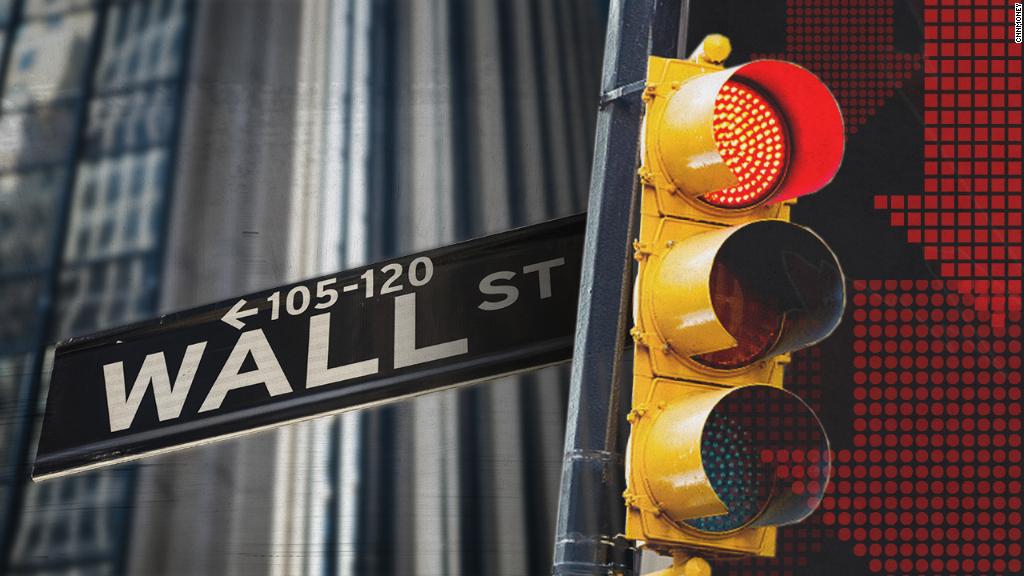
Wall Street's recent wild ride isn't driven by nervous portfolio managers, retirees looking at their 401(k) statements or any other human traders.
Instead, machines are making the trading decisions.
Computer programs execute buy and sell orders based on complex algorithms and formulas, without a human involved in the process.
On a typical trading day, computers account for 50% to 60% of market trades, according to Art Hogan, chief market strategist for B. Riley FBR. When the markets are extremely volatile, they can make up 90% of trades.
Related: What is a stock market correction, and other things you need to know
The Dow fell nearly 1,600 points at one point Monday, before recovering more than 400 points to end the day down 1,175. On Tuesday, the Dow opened down 567 points, then raced to a 350-point gain shortly after.
"A machine is making a decision based on the fact that we reached a level to buy or sell," Hogan said. "The problem with that is everyone's algorithms are pretty much the same, they key on the same trigger points. That's causes really fast momentum swings."
It's not that humans didn't play any role in the stock market's moves. A stronger-than-expected wage increase in Friday's jobs report led investors to make trades based on the assumptions about what that might mean for inflation and the Federal Reserve's actions going forward.
But once they gave the stock and bond markets that initial push, the computers took those initial moves and ran with them.
"It becomes self-fulfilling cycle, and you see this whipsaw action," said Hogan. "For the most part it's the machines taking over."
Related: Dow storms back after dipping into correction
There is one advantage to this kind of selling -- the machines don't suffer from doubts and fears the way human traders may when they sense an opportunity to buy.
The program trading that sends stocks down so quickly can send them up just as fast. That's one reason why the market came off its lows and rebounded more than 400 points late Monday. It's also probably why markets opened down more than 500 points Tuesday, only to jump several hundred points in the first hour of trading.
Experts say human traders might be slower to get back into a battered market. And human reluctance could allow a sell-off to go on longer and deeper.
"Machines do a very good job of removing the emotion from the short-term trading activity," said Russell Price, senior economist for Ameriprise Financial. "We are likely to see them look for opportunities to buy created by the recent down draft."


